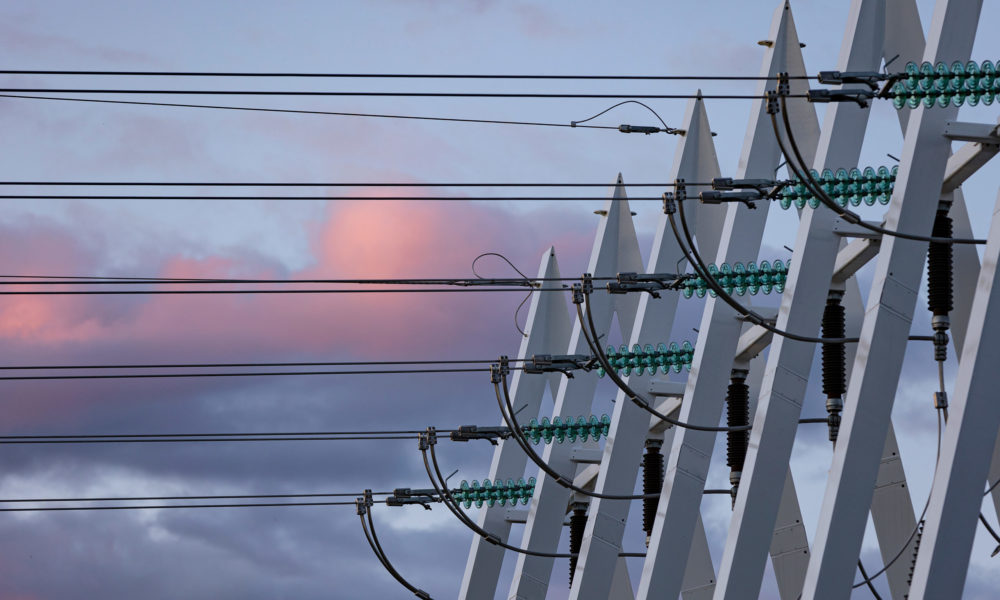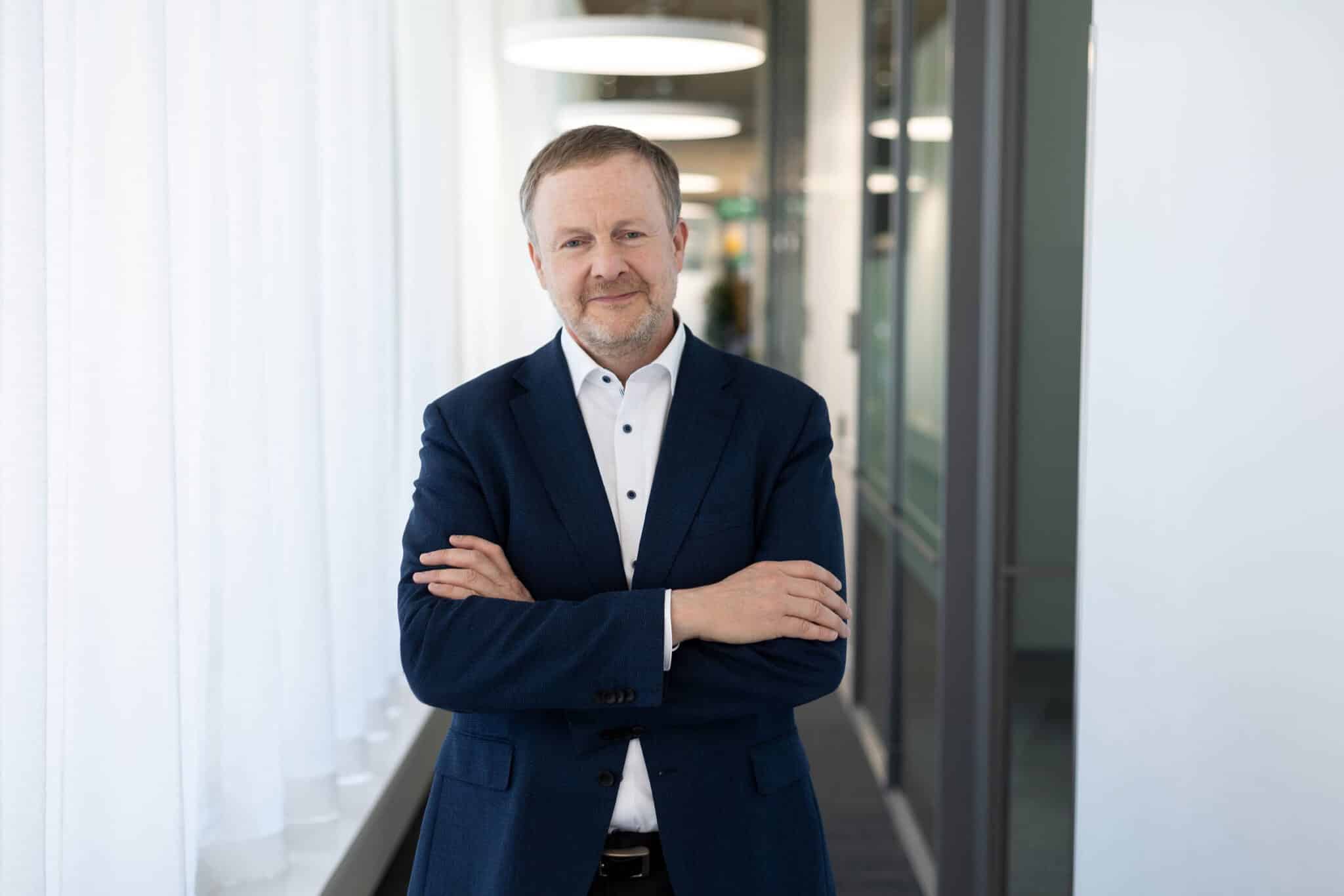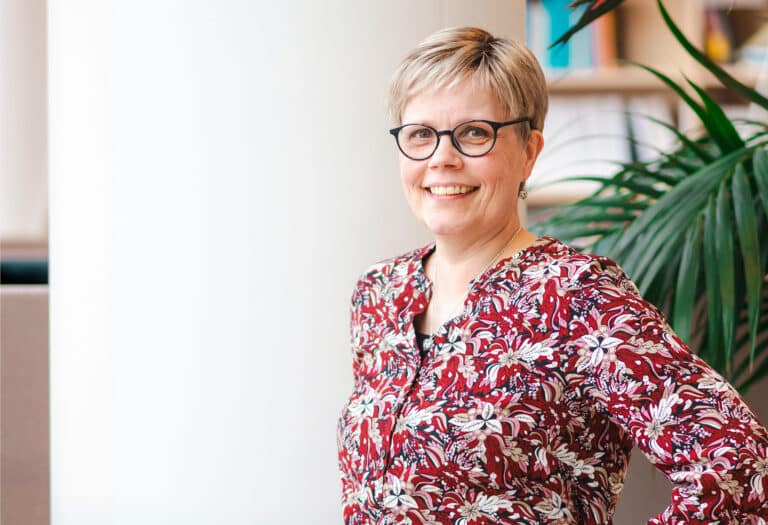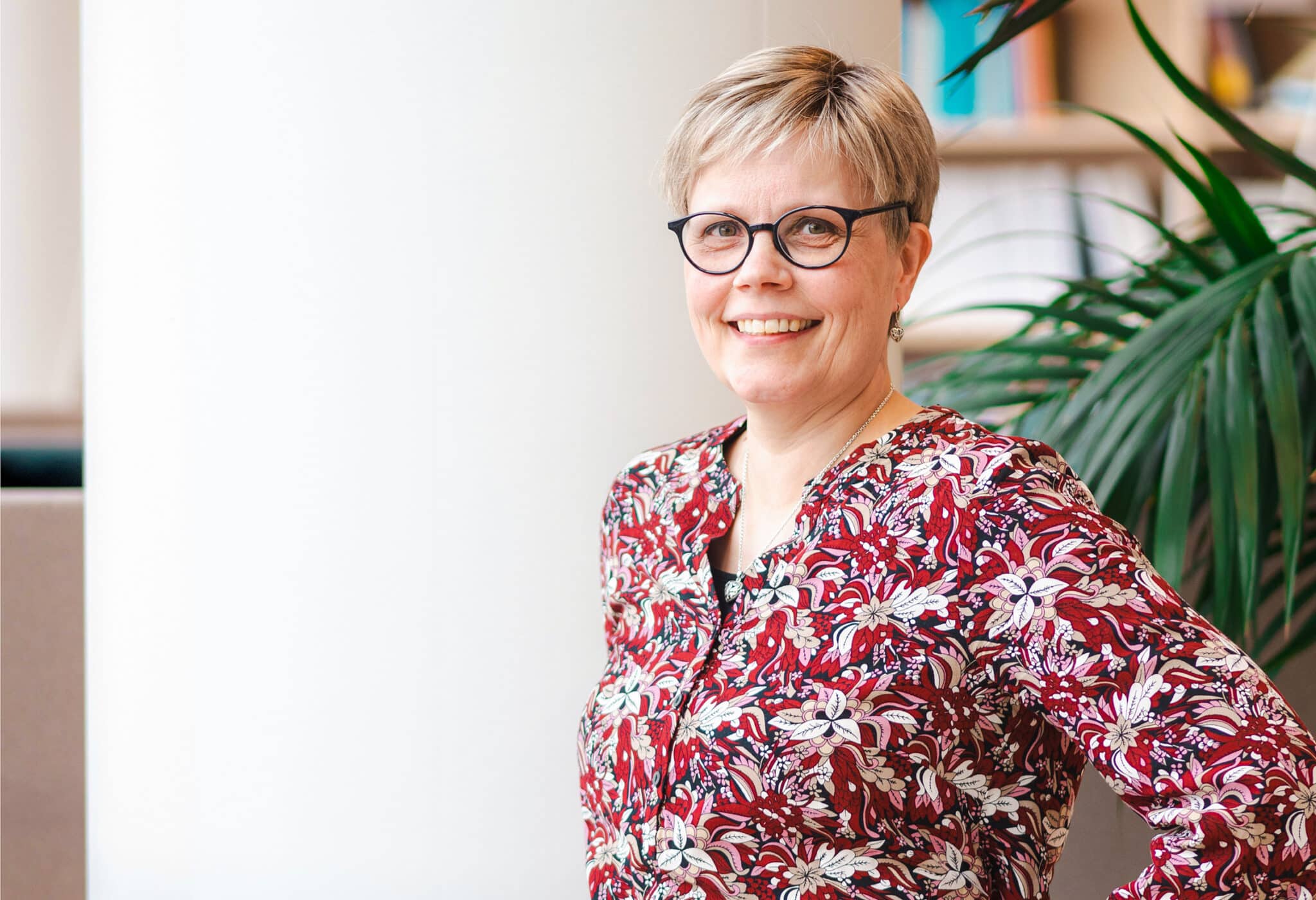The renewal of the power system is hugely significant for our business,” says Outi Ervasti, Vice President, Renewable Hydrogen at Neste.
Neste will need much more electricity in the future, as its climate and business strategy calls for hydrogen production using renewable electricity. The company aims to make its production entirely carbon-neutral by 2035.
Hydrogen produced using renewable electricity holds an important position in Neste’s climate and business strategy.
“It is important to us that more renewable electricity production facilities are built, and Fingrid makes an important contribution to this by expanding the main grid in line with the electricity supply and demand. We will also need to take action to accommodate our future electricity needs. For example, we will need to increase the transmission capacity of the connecting line to the Kilpilahti industrial area,” says Ervasti.
She says Neste must become more closely integrated into the electricity market and the entire electricity value chain.
“Large-scale process industries need a continuous power supply – refineries cannot shut down momentarily if the wind stops blowing or the sun stops shining. We are now thinking about the best ways of responding to large fluctuations in production in the future electricity market.”

Cooperation that everyone benefits from
Outi Ervasti thinks Finland is well-positioned to pioneer the exploitation of renewable energy.
“A strong power system enables cost-effective, large-scale solutions. I hope green hydrogen will also be used in Finland – primarily in high-grade industrial processes – instead of just exporting electricity or hydrogen to competitive markets in Central Europe. We should keep the added value in Finland,” she emphasises.
The green transition will enable industrial renewal and entirely new businesses based on large-scale sector integration.
“When we make hydrogen, others will be able to exploit the heat and oxygen generated by the process.”
The green transition will also enable economic growth:
“However, cooperation is essential – we can create new business opportunities where everyone wins. Investments must also be financially viable, and businesses need to learn to acquire funding. Startups, in particular, need more than just a good idea – they also need to be able to sell it to financiers.”
Flexible hydrogen production
Nordic Ren-Gas Oy, a project development company established in 2021, focuses its operations on the green transition and EU emission reduction targets.
Ren-Gas got off the starting grid thanks to funding from venture capitalist Ilkka Herlin. At the end of last year, Allianz, a German company, took a minority stake in the company.
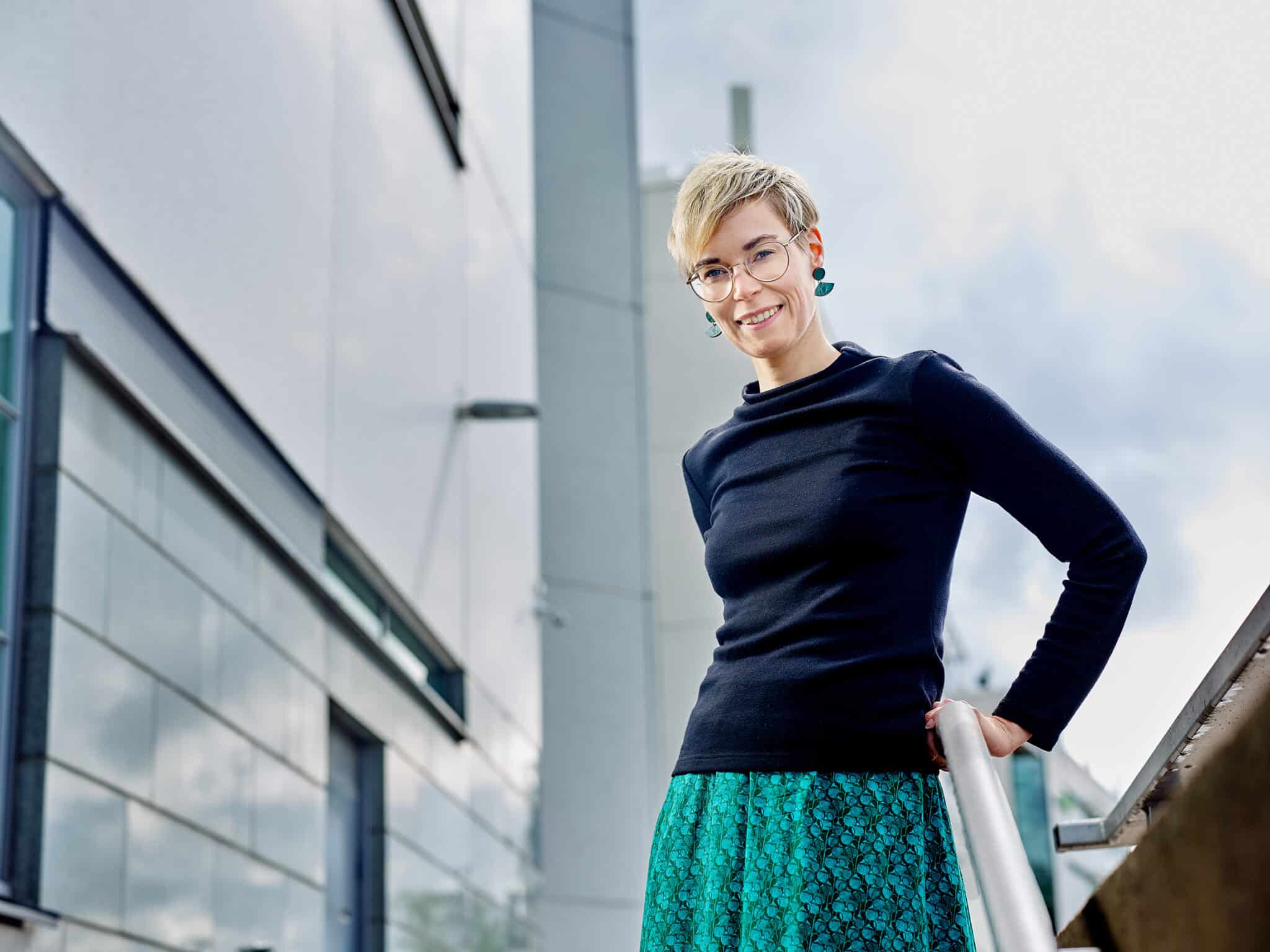
The company is developing production plants based on three main technologies.
Electrolysers use wind-generated electricity to break down water into hydrogen and oxygen, as Neste intends to do. The waste heat generated in this process is fed into the district heating networks of Ren-Gas’s partners in the energy distribution business.
Ren-Gas also recovers the carbon dioxide from the flue gases of its partners’ power plants. The company builds its production plants next to Finnish power plants – for example, it is planning a plant in Tampere next to the Tarastenjärvi waste-to-energy plant.
The third technology is synthesis, which uses hydrogen and carbon dioxide to create methane with exactly the same chemical composition as biogas for transport and fossil natural gas.
“We are currently developing plants in five locations, going through permit processes, and concluding business agreements. We are awaiting investment decisions in Tampere and Lahti towards the end of the year,” says Saara Kujala, CEO of Ren-Gas.
Nordic Ren-Gas plans to operate in the electricity flexibility market.
Ren-Gas also plans to operate in the electricity flexibility market – flexibility is naturally in demand throughout the EU.
“We hope the flexibility market will provide us the price signals to indicate that there is demand,” Kujala says.
In addition, Ren-Gas has modelled the electricity price trend under various scenarios, depending on whether Finland has flexible green hydrogen production.
“If there is no renewable hydrogen production, the electricity price will likely remain low. The price of wind power would then be even lower, carrying the risk of investors deciding against investments in renewable electricity generation. Flexible hydrogen production supports renewable electricity production investments and the electricity grid.”

